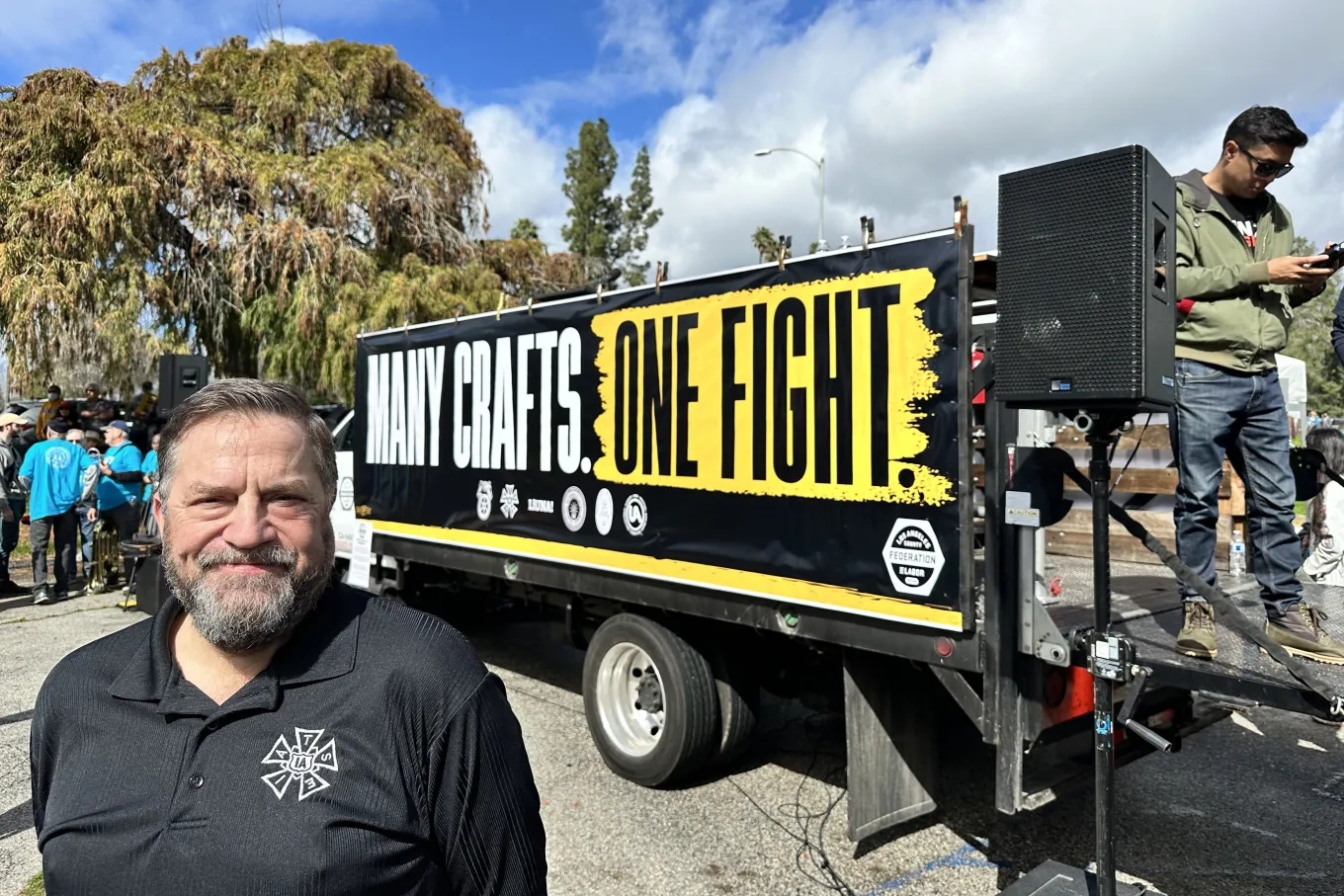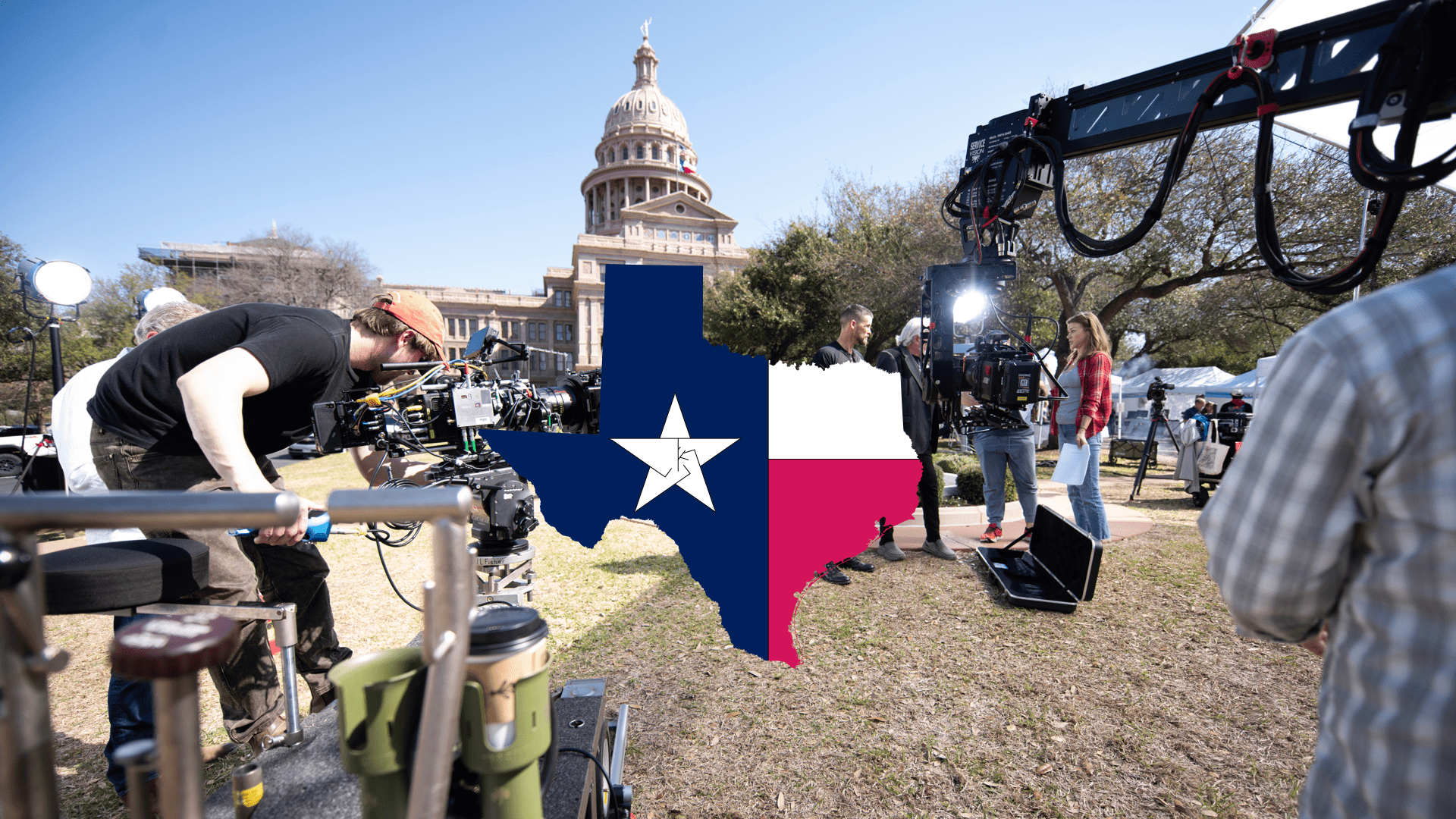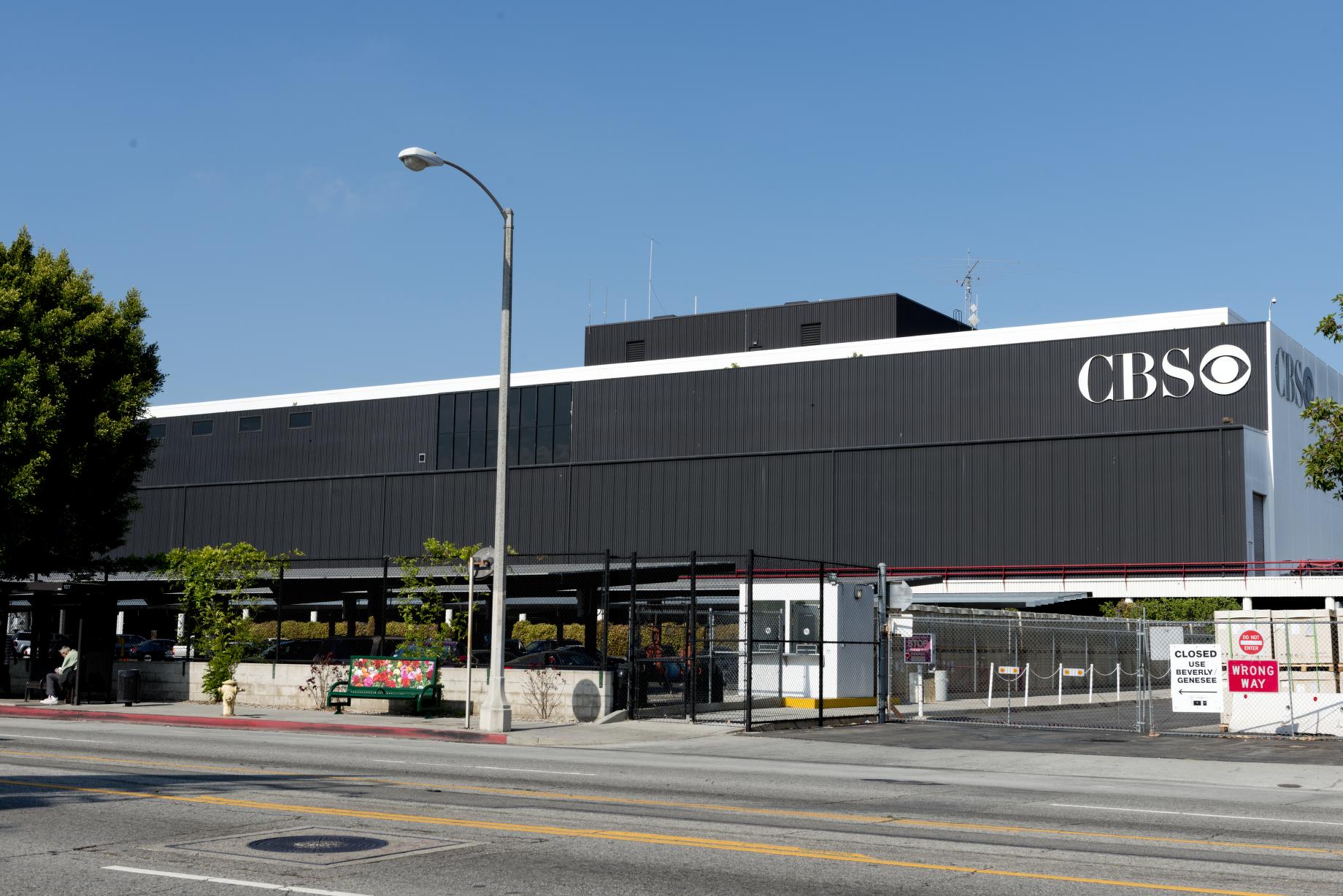On Tuesday night, IATSE posted the news on Facebook that it had reached a tentative deal on a new overarching contract with Hollywood’s major studios and streamers. In commenting on the welcome news that the threat of another Hollywood strike has receded, members seemed less focused on the specific terms of the pact and more on whether the deal will help jumpstart TV and film production.
“Cool, so these mega coporate studio conglomerates will make stuff and hire everyone again, right?… right?” wrote Shawn Montgomery.
Frank Markovic: “I sure hope this turns into work.”
The tenor of the social media chatter reflects the hard fact that the industry has yet to recover from the production shutdown spurred by last year’s writers and actors strikes. Many craft, crew and technical workers who have been out of work for a year or more have reasoned that the threat of an IATSE work stoppage has kept a damper on the volume of TV and film production.
With the shutdown threat off the table, assuming the contract is ratified, the studios can move forward with a clearer idea of the costs of the new contract.
“What the town is suffering from is uncertainty,” said A.J. Catoline, a board member of the Motion Picture Editors Guild. “Hopefully this will make Hollywood want to get rolling again.”
FilmLA, which tracks production volume in the Los Angeles area, has seen a modest rebound since the strikes. But since the end of March, that has plateaued at about 85% of the level from last year, said Philip Sokoloski, a spokesman for the agency.
“It feels to us there is evidence of folks waiting to put projects into production until they know the outcome of the contract talks,” he said. “You wouldn’t want to put something new in only to have to stop all the plans.”
Of course, many thought production would come back immediately when the strikes ended last fall. When that didn’t materialize, workers were told to wait until January — and then again, to wait until the IATSE deal.
Given that history, Dutch Merrick, a past president of IATSE Local 44, said he’s not convinced now that the “floodgates will open.” He said the reaction to the agreement that he’s seen so far on social media is a mixture of “relief, some excitement, and cynicism.”
Talent agency sources said the prospect of the industry enjoying a few years of labor peace is a welcome development. But senior sources were skeptical that Hollywood’s major players were holding back on film and TV greenlights as the July 31 contract expiration deadline approached. The lack of fireworks in IATSE negotiations, compared to the high drama of last year’s negotiations with the Writers Guild of America and SAG-AFTRA, also makes the formal news of the tentative agreement somewhat anticlimactic.
IATSE members’ expectations are also tempered by their keen awareness that Hollywood Teamsters and the other Basic Crafts unions don’t have a contract yet.
Teamsters Local 399 represents about 6,500 drivers, animal wranglers and location managers. They bargain jointly with Hollywood’s plasterers, electricians, plumbers and laborers. Their contract is due to expire on July 31.
If they were to go on strike, it would cause almost as much economic havoc as a walkout by the 50,000 members who work under IATSE’s Basic Agreement.
The IATSE deal is “a step in the right direction,” said Jim Plannette, a veteran gaffer who has long been active in IATSE Local 728. “But the Teamsters haven’t made a deal yet. Until that happens, I think the producers are reluctant to start production.”
Kevin Klowden, chief global strategist the Milken Institute, said that while nobody really expected IATSE to go on strike, the tentative agreement “absolutely does help.”
“But you need the Teamsters dealt with also,” he said. “The Teamsters have been acting a lot more militant, at least in public… Most of the concerns have not been around the IA at all.”
The Teamsters wrapped up the first two weeks of talks last Friday, after which the union accused the studios of a “lack of urgency.”
“We want to make it clear that we are not interested in bargaining against ourselves,” the union’s leader, Lindsay Dougherty, said in a joint statement with the heads of the other four Basic Crafts unions.
Those talks are set to resume next Monday.
Now that IATSE has a deal, the Teamsters could face increased pressure to also come to terms with the studios, Klowden said. Until that deal is sealed, he said, “that uncertainty is still there.”
Broadly speaking, the studios have been cutting back on production in response to higher interest rates and other macro factors. So while the resolution of a few labor agreements might help at the margin — if only by not making things worse — it might not change the overall climate.
“I think there’s bigger things in play than whether IA is going on strike” said Marta Evry, a member of the Motion Picture Editors Guild. “There’s bigger issues with their business model, and the cost of borrowing money, that have nothing to do with IA and whether we were going to strike. They’ve been using that as cover and as an excuse.”
Article originated in: Variety
















